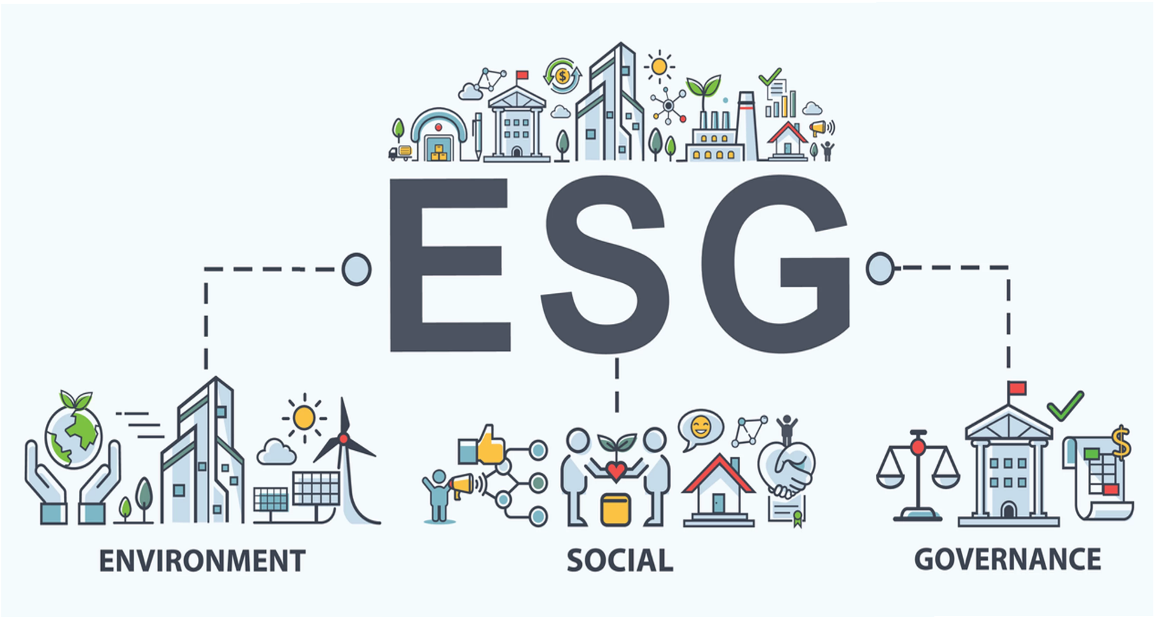Using ESG to Reduce the Risk in Your Supply Chain

Using ESG to Reduce the Risk in Your Supply Chain
This is the second of a series of articles about the connection of supply chain and ESG, written by Sean Harley CEO and co-founder, LUPR Inc., and Bahar Gidwani CTO and co-founder CSRHub. Republished with permission from Lupr's website.
Are organizations responsible for the actions of their suppliers? While some executives might say no, in 2010 BP CEO Tony Hayward discovered that the courts—as well as the court of public opinion—say otherwise. The rig that famously exploded, killing 11 people and ultimately pouring millions of barrels of crude oil into the Gulf of Mexico, was actually operated by one of BP’s suppliers. But no one was impressed when Hayward tried to shift the blame to BP’s suppliers.
The message here: You need to be concerned about how your suppliers operate, because their actions (or inactions) can have a profound impact on your organization’s business.
For example, there are significant risks related to what is known as ESG: Environmental, Social and Governance. As we explained in our article on why ESG needs to be on supply chain managers’ radar, at its core ESG is a concept of sustainability and corporate responsibility that looks at a range of social behaviors to see where an organization stands in each.
What type of supply chain risks are associated with ESG?
For the supply chain, the ESG-related risks you need to be most concerned with are supply chain disruption risks and reputational risks. Quite often the same incident can impact both. Some examples:
- Environmental: One of your suppliers is suddenly forced to close its doors after it spews toxic fumes that sicken thousands of people in a two-mile radius…leaving your orders unfilled.
- Social: News gets out that one of your suppliers is operating child labor sweat shops in a third-world country. A social media post about this goes viral, and suddenly your company is being boycotted and your brand reputation is wrecked.
- Governance: Poor cyber security at a SaaS provider your business depends on results in a massive systemwide crash that takes days to address.
Sometimes the risks are less dramatic. Perhaps a supplier experiences extremely high staff turnover because it doesn’t treat their employees well (a “Social” issue in the ESG framework). As a result, every time you call Customer Service you need to spend an hour getting a new representative up to speed on your requirements…and hope that they get things right.
ESG data is available to help you assess your suppliers
ESG metrics encompass both quantitative and qualitative factors that can be used to assess if there are any “bad actors” in your supply chain. Are there any issues you need to know about? How are they performing on sustainability-related factors? How do they rate in areas that could create undue risk for you? Who should you expend effort developing into a more sustainable business partner?
Which ESG data should you be looking at?
Because there are hundreds of different ESG metrics and factors, the question of what to focus on when assessing your suppliers tends to be very industry-specific. For example, in the food space suppliers are assessed for their use of or exposure to GMOs (genetically modified organisms) and whether or not their products are organic. In cosmetics, animal testing is often important.
There are also factors that are commonly considered across many industries. According to Bahar Gidwani, Co-Founder and CTO at CSRHub, the one that’s probably most widely discussed is carbon. Many companies are being measured by their carbon footprint and ability to source sustainable raw materials. Carbon falls under the ‘Environmental’ aspect of ESG. As Bahar explains, “Today many companies are trying to go beyond ‘Scope 1’, meaning how much carbon emissions they directly create, to ‘Scope 2,’ which is what they indirectly create through their supply chain.”
Where do you get ESG data?
Regardless of which data is most important to your company, there are a number of sources from which you can obtain it. A good approach is to start with the readily available data about your suppliers that’s available at CSRHub. You may also need to hire third parties to do audits on your behalf. The mix of sources will help ensure data quality.
How and how often should you use and maintain this data?
When it comes to reducing risk in your supply chain, ESG is not a “one and done” type of thing. A good approach is to bring all of your data into a Supplier Performance Management tool such as LUPR that will enable you to easily compare supplier performance, identify risks and get alerts when conditions change that warrant your attention.
Conclusion
Companies need a well-defined approach for using ESG data to reduce the risk in their supply chain.

